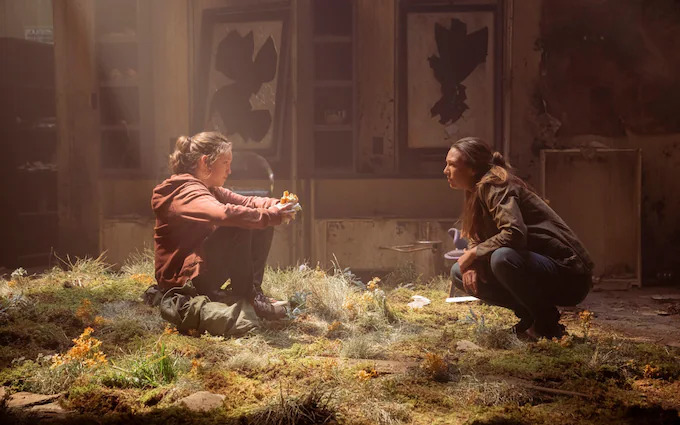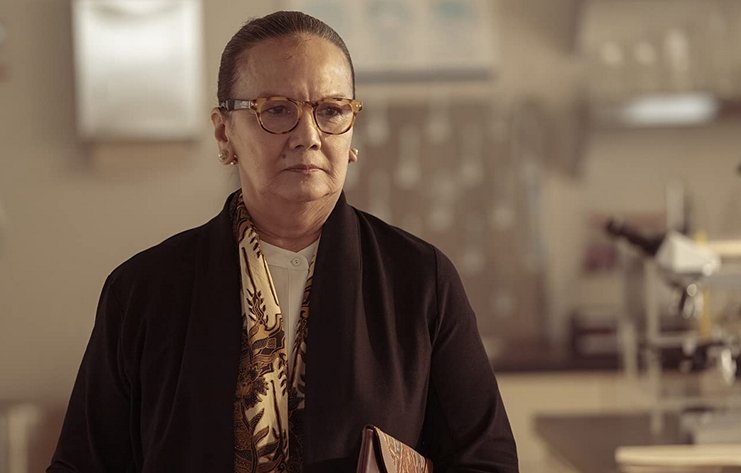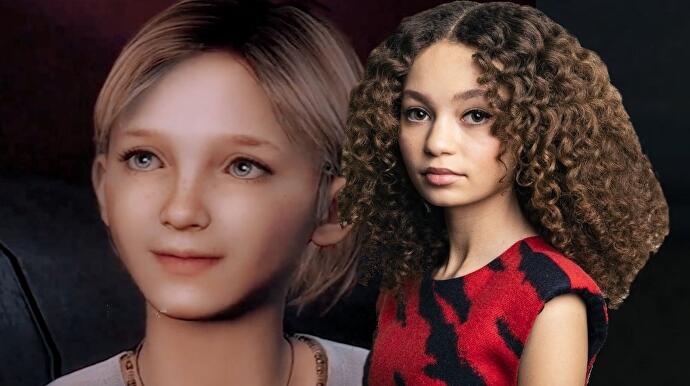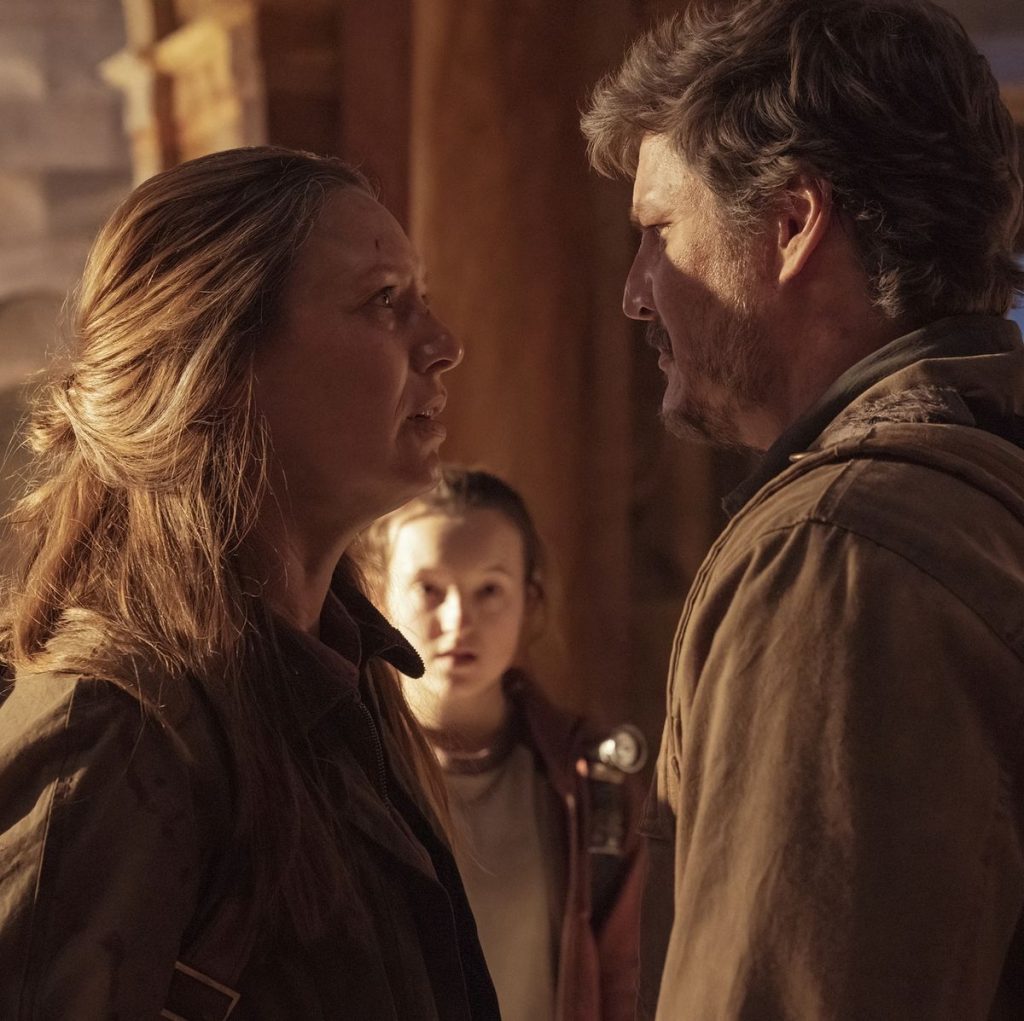
The Last of Us fans can relax, as adaptations of beloved source material don’t have to be faithful to be excellent. However, adapting The Last of Us, one of the most acclaimed video game stories, is a tough task. Craig Mazin and Neil Druckmann, the creators of the HBO live-action series, have found the perfect balance between creative freedom and fan satisfaction, preserving what made the 2013 game so great and adapting to modern TV standards. Although the series deviates from the game, the talented cast and skilled creators make it a success. Here are the main differences between the game and show, and whether they were well executed.
Difference #1: Different Timeline

The game “The Last of Us” begins with the start of the fungal pandemic in 2013 and continues 20 years later in 2033. On the other hand, the show opens in 2003 and mostly takes place in 2023, making it feel more current and relevant to the ongoing pandemic in the real world. This approach gives the show a feeling of immediacy, making it feel like an alternate timeline rather than science fiction.
Difference #2: Tendrils vs. Spores

In the game, the characters wear gas masks to protect against fungal fragments, which are an essential aspect of the game and based on real-world fungi. However, in the HBO series, the characters don’t wear gas masks and the fungal infection spreads through long, curling tendrils that create a hive-mind connection between infected creatures. If one tendril is touched, it will trigger others nearby and can spread from body to body, including through a deadly kiss.
Difference #3: Sarah’s Introduction

In the game, we meet Joel’s daughter Sarah during the outbreak and see their relationship through a few scenes before her tragic death. In the show, we get to know Sarah and Joel’s relationship better through longer scenes showing their daily life, including Sarah at school and a confrontation with an infected neighbor, which add more emotional impact to her death when it happens. These added scenes enhance the pain of her death, which remains swift and brutal, just as it is in the game.
Difference #4: Tess’ Death

In the game, Tess dies from a fatal gunshot wound by FEDRA agents after they’re caught sneaking into the Boston capitol building. She makes the sacrifice as a distraction to allow Joel and Ellie to escape. The death is swift and on her own terms.
In the show, Tess is bitten by an infected and dies in a more nuanced way. The infected storm the capitol after Joel alerts them, and Tess offers to hold them off. She prepares to ignite oil barrels and hand grenades, but a stalker creeps up to her and infects her with its mycelium tendrils. Tess’ death is caused by the tendrils, not the explosion, as Joel and Ellie watch from afar.
Difference #4: Bill & Frank

The show changes this by combining Bill and Frank into one character, giving the audience a deeper understanding of the human cost of survival. Instead of just using Bill for transportation, the show allows us to see his struggles and relationships, including his love for Frank, which ultimately leads to his downfall. The added depth to the characters and their relationship makes for a more impactful scene in the show, compared to the game.
The change to the Bill and Frank storyline in the HBO series is a great example of the show’s ability to take the source material and make it its own, while still retaining what made the original game so impactful. By giving more attention to their relationship and making it a central focus, the show was able to add depth and emotional weight to an aspect of the story that was previously less significant. This deviation from the game has paid off, making for a more powerful and memorable experience for audiences.
Overall…
The adaptation of The Last of Us into an HBO series shows how deviations from the original source material can still result in a great adaptation. The creators Craig Mazin and Neil Druckmann were able to balance between maintaining the essence of what made the game great and making changes that are necessary for modern TV. Despite changes to the timeline, the origin of the infected, a deeper look into Sarah and Joel’s relationship and a different cause of Tess’s death, the show still does justice to the original masterpiece.